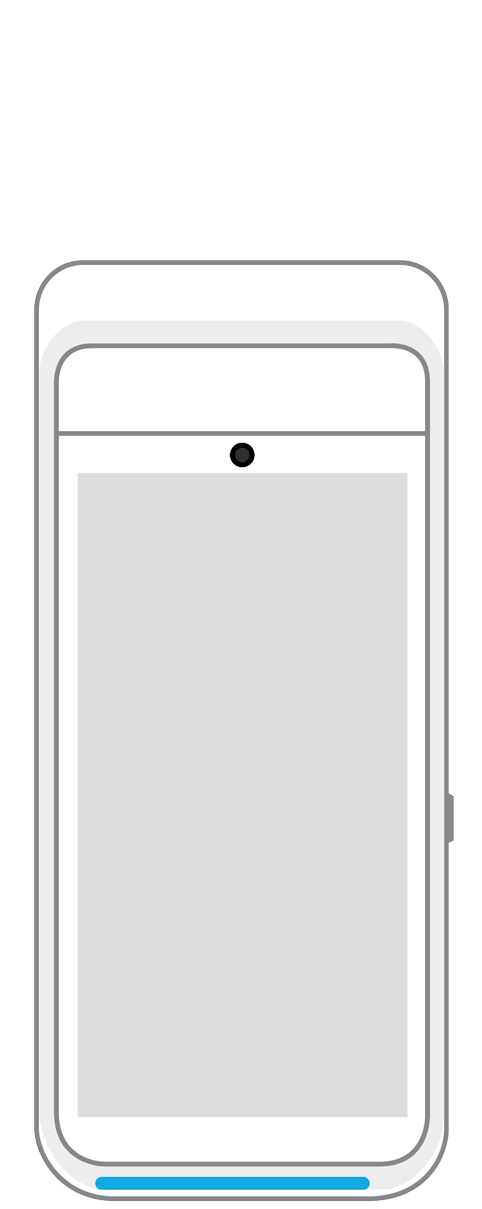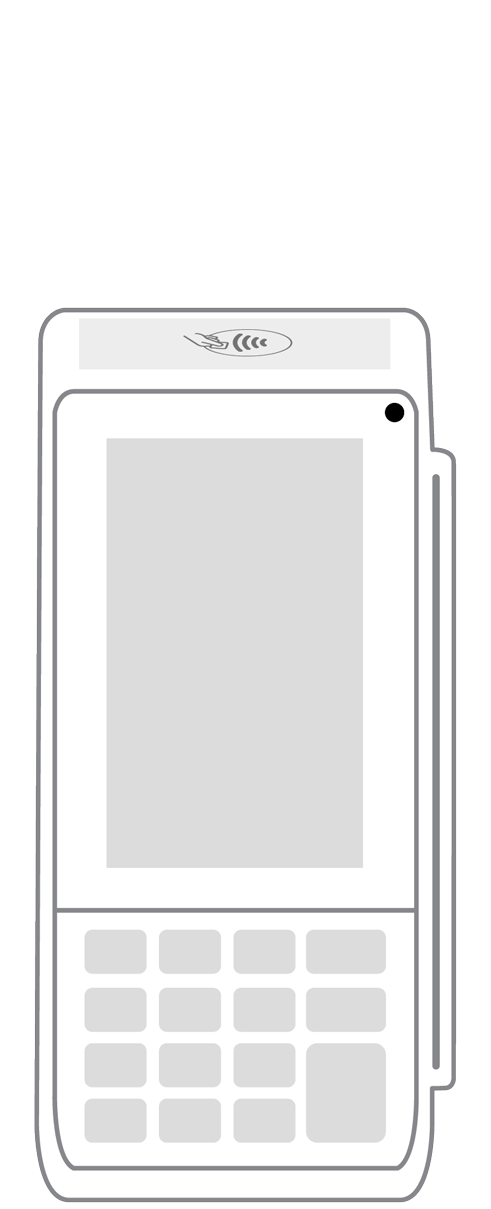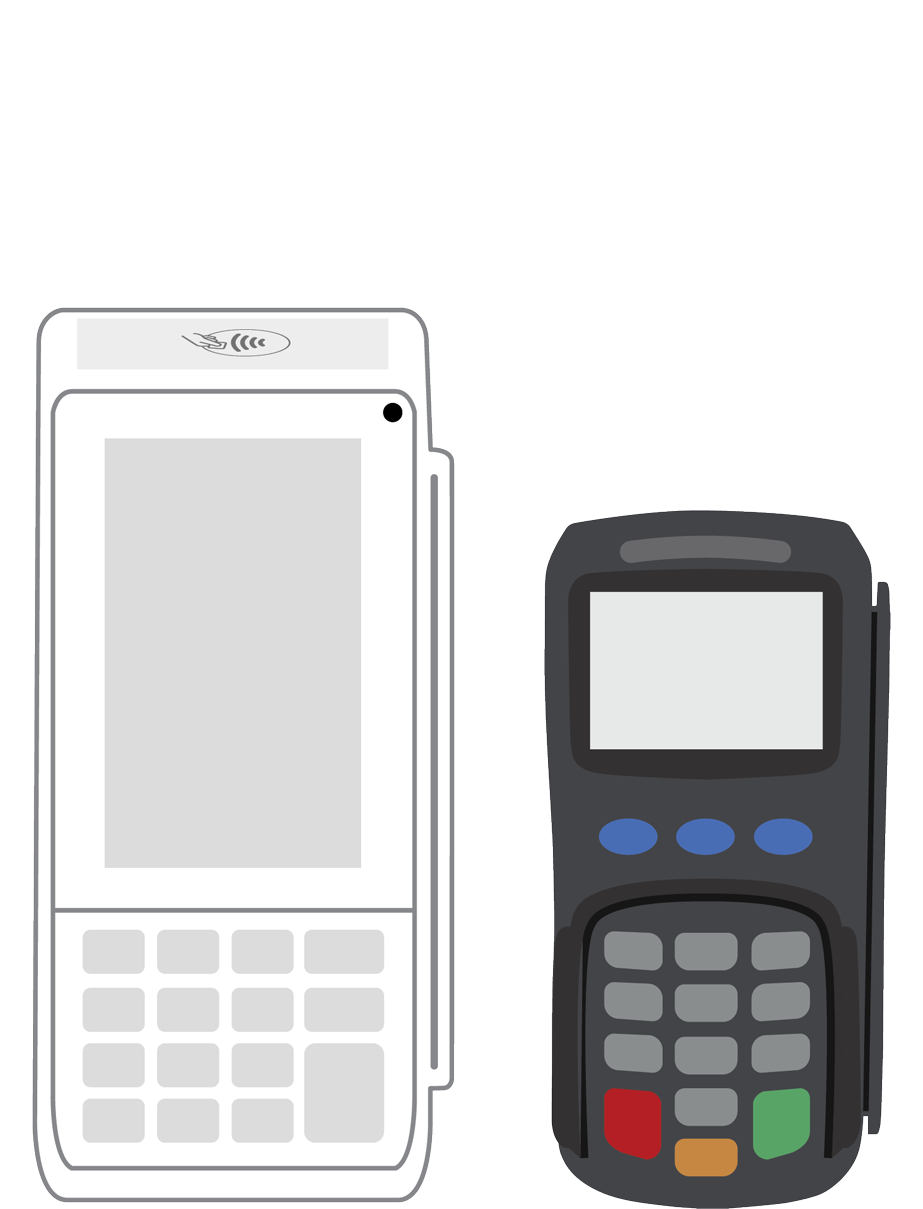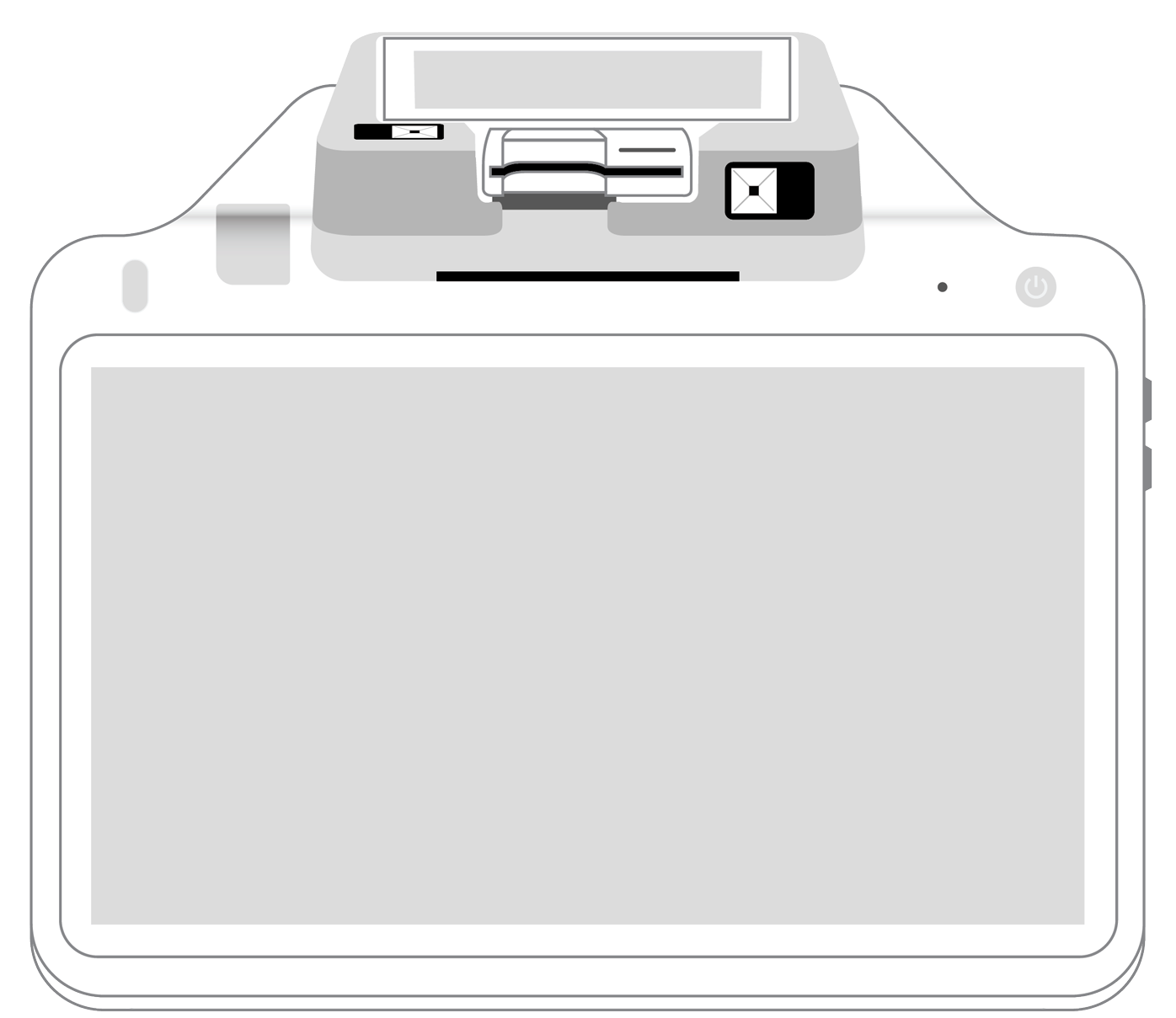What will a chargeback cost your company?

Embed This Infographic
Copy and paste the code below to get this infographic onto your website or blog.
Chargebacks are far more than a mere inconvenience for merchants. Understanding what they are and how to avoid them whenever possible is vital both to the success of your business and your own sanity.
Chargebacks explained.
There are several reasons for customers to dispute a charge that appears on their credit card. These include:
- Clerical errors such as double billing or incorrect charge amounts.
- Dissatisfaction when the customer receives the incorrect product or one that is damaged or different from what is advertised.
- Customer failure to recognize a purchase, often when the name on the bill differs from the store’s name.
- Fraud that occurs from identity theft or a customer’s claim that they did not make the purchase.
In most cases, the customer has 120 days after the purchase date (sometimes even longer) to dispute the charge and the chargeback process can take over two months. Even if you are able to resolve the issue in your favor, the funds from the purchase are not available to you during the chargeback process. It is up to you as a merchant to prove that the purchase was indeed a legitimate one for which you should be able to keep the revenue.
The real cost of chargebacks.
As you can see, chargebacks take a lot more out of your account than just the cost of the product. Financially, these costs include:
Merchant account-related costs.
- Retrieval costs that you are charged when the customer disputes a charge.
- Chargeback fees. If the information from the retrieval request is unsatisfactory to the customer and the process continues, you maybe charged a fee. Even if you come out the winner, this money is non-refundable.
- Fees to the card companies that can run into the hundreds of dollars.
- If you have frequent chargebacks that take more than 0.9 percent of your sales volume (Visa) or 1 percent in the case of Mastercard, you will be required to receive monitoring from the card brands and be charged a large fine.
Brand-related costs.
In the past, an unhappy customer could potentially broadcast their unhappiness with a product or service to a few friends and family members. Today’s internet connectivity takes transmitting opinions to a whole new level, which can either enhance or denigrate your reputation. In just a few clicks of the mouse, a review can go viral. Once your reputation is besmirched online, it can be a long and exhausting ordeal to refurbish it.
Rehabilitation of your online presence primarily involves making yourself available to customers at every point in the purchasing process. To that end, it is incumbent upon you in these days of social media to monitor all of the relevant sites for customer testimonials. If you come upon negative feedback, your best bet is to address it immediately via personal contact. By doing everything within reason to make the customer whole and happy again, you can minimize the long-term damage of a negative review. You might even end up with a buyer who is more than happy to testify about how responsive and conscientious you are as a business owner.
Time related costs.
There is nothing pleasant, fast, or easy about chargebacks. They require you to spend time talking with your merchant account provider and perhaps the customer involved, all of which adds up to hours that you are not able to devote to growing your business. However, attending to your chargeback situation must always take priority to help minimize the financial and reputational consequences to your business.
Mitigating chargebacks.
It is a myth that well-run businesses never experience the stress and financial drain that chargebacks inevitably cause. Even the most meticulous and conscientious entrepreneur will experience chargebacks periodically. However, there are steps you can take to reduce their frequency.
Customer relationships are key. Many chargebacks arise out of simple misunderstandings and have the potential to be resolved before the customer ever contacts their credit card company. However, this will not happen if you don’t make yourself available to your customers. To avoid confusion, make it a point to post your return policy prominently at your physical store and online. If a customer attempts to contact you, respond immediately, and try to work out the situation between the two of you. Remember: furnishing a refund is always cheaper and less time-consuming than going through the chargeback process.
Making yourself available can happen in other ways as well. In addition to calling disgruntled customers back in a timely fashion, give all buyers multiple ways to get in touch with you: in person, by phone, via email, by mail, and even live chat on your website. If you don’t have the time to check all of these avenues frequently, delegate the responsibility to someone you trust. Remember that cultivating these relationships with your buyers is an absolute must if your company is to succeed in minimizing chargebacks and cultivating lasting, positive relationships with buyers.
Thanks to today’s point of sale solutions, it is easier than ever to keep a running record of your transactions. Be extremely vigilant about documenting all contact with customers as you go through the chargeback process. Documenting the authenticity of a purchase is the only way you can have a chargeback reversed in your favor. Make every effort to advertise your products honestly, disclose all terms of service and returns policies clearly, and be transparent in every possible way. Doing so will help bolster your integrity as a business owner and customers will be more likely to come to you first before taking a dispute to their credit card company.
As a conscientious business owner, you should always strive to maintain a healthy, positive relationship with your merchant account provider and other financial companies. Should one of their representatives contact you regarding a chargeback, make every effort to return the call immediately and offer to do everything you can to resolve the situation.
Finally, your first line of defense against chargebacks is your own staff. After all, they are at the forefront of most of your customer relationships and are able to be on the lookout for initial dissatisfaction before it turns into an all-out dispute. Train them in the dos and don’ts of dealing with customers and resolving conflicts and encourage them to come to you with any concerns before they evolve into full-blown problems. With your expert team running interference and nipping difficulties in the bud, you can markedly lessen the number of chargebacks that your business experiences.
More from Business tips
 3-in-1 Reader |  Terminal |  Keypad |  PINPad Pro |  Flex |  POS+ | |
|---|---|---|---|---|---|---|
Payment types | ||||||
EMV chip card payments (dip) | ||||||
Contactless payments (tap) | ||||||
Magstripe payments (swipe) | ||||||
PIN debit + EBT | ||||||
Device features | ||||||
Built-in barcode scanner | ||||||
Built-in receipt printer | ||||||
Customer-facing second screen | ||||||
External pinpad | ||||||
Wireless use | ||||||
Network | ||||||
Ethernet connectivity | With dock | |||||
Wifi connectivity | ||||||
4G connectivity | ||||||
Pricing | ||||||
Free Placement | ||||||